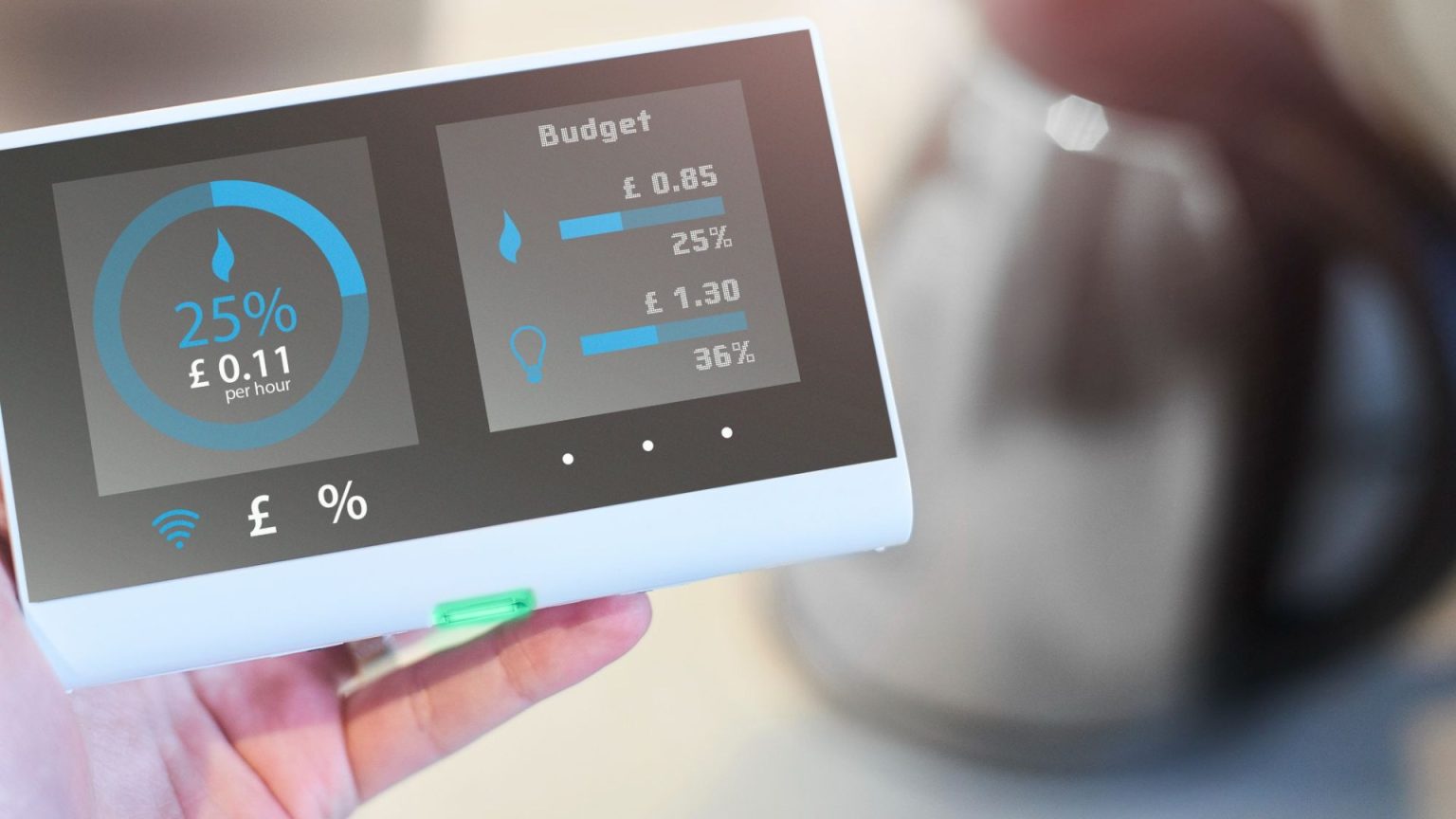Summarizing and Humanizing the Content
Understanding the Sunday Saver Challenge at EDF
This year, EDF Renewable Energy has launched the Sunday Saver Challenge, a program offering a chance to slash energy bills during peak hours by shifting usage to off-peak periods. From June 2 to July 6, EDF is giving households up to 16 hours of free electricity every week. This challenge is exclusive to customers who sign up by midnight on Friday, June 1.
The event kicks off on Monday, June 2, and runs for 35 days, totaling 80 hours of free power across the two-month period. Households eligible for the maximum 16 hours of free electricity will score between earnings of £150 and £510 per week.
How It Works: Shifting Energy Uses Ideally, Total Free Exhaustion
The challenge works by leveraging a smart meter, an electronic device that tracks energy usage. By monitoring consumption every 30 minutes, households can identify when their power use peaks during the day. EDF encourages saving energy by shifting usage away from peak hours, which are typically 4pm to 7pm on weekdays. For each hour saved in peak times, up to £100 of electricity can be earned, depending on your home’s usage.
For example, saving a few hours during peak hours can earn you a few kata, but over weeks, these savings add up to significant free power. The more you adjust your habits, the more free electricity you can enjoy.
Contextualizing EDF’s Leadership in Energy Efficiency
With this challenge coming after EDF’s trial of 100% energy efficiency, they’ve spent years setting benchmarks to help consumers achieve a healthier way of using energy. The Sunday Saver challenge is a modern way to apply this concept, making it easier for customers to manage their bills while aligning with sustainability goals.
Calculating Your Share of the Free Power
To find out how much you’ll be earning, follow these steps:
- Determine Unit Rates: Check your energy bill and note down your unit rates for gas and electricity. These are shown on your bills in p/kWh.
- Standing Charges: These are daily fees you pay regardless of usage. Multiply your annual usage by 365 days to get your total annual usage, then divide by 12 to find your monthly electricity cost.
- Add Standing Charges: Add each month’s standing charge to your monthly bill.
This will give you an estimate of the total free power you’ll receive over the 80 hours.
The Energy Price Cap and Its Impact
The price cap seen from £1,849 to £1,720 during July is a significant incentive for energy-efficient households. Outside of this cap, the unit rates can vary by region, as prices are set on a local level. Even with the cap, electricity remains at a competitive rate.
Moreover, the cap limits energy costs and not your total bill. So, saving on your energy use can still earn you more money.
Enriching the Offer: competitors and savings opportunities
Ecdf’s Sunday Saver challenge isn’t alone. Ofgem organizes energy play-offs with other facilities, offering emergencies, discounts, and rewards to electrical customers. Of course.
The scheme also partners with brands like Ovo Energy, whose program offers free two-hour pops, and other companies ensuring that states bringing free power playmarks take full advantage of their offers.
The Doc’s Take on Savings
Whether you’re just starting out with energy management or aiming to become a smarter consumer, the Sunday Saver is a powerful tool. It’s not just money, but a commitment to saving energy and aligning with the goals of sustainable energy systems.
The Future of Energy Management
The Sunday Saver is part of a broader strategy by energy companies to help customers make better energy choices. By promoting payouts like the Sunday Saver, they’re not only offering free power but also learning from its success to drive further savings and innovation.
The Costs of Ignoring Energy Efficiency
Even with these savings, household energy bills remain a significant expense. With no other means to pay the bill, the small savings of up to £510 per week add up to a noticeable impact, as you decide to stop flooding your accounts and make the bills go monthly.
The Day-to-Day Gains
Each free hour of electricity you get represents a day’s worth of savings. Imagine saving 16 hours a week (80 hours)—you’d be alive by the end of the month.
The Significance of the Challenge
Now, more than 154,000 households have chosen the Sunday Saver for free electricity. It’s not just another challenge; it’s a step toward becoming a smarter energy consumer.
How to Capitalize on Your Free Power
From June 15 to July 6, the limited time to participate is essential. Sign up early to be among the first to experience the 2000-hour free power journey.
Conclusion:
The Sunday Saver challenge at EDF is a testament to how loophole Heating and energy management can create opportunities for significant savings. It’s not just about cutting the grid, it’s about becoming a proactive energy consumer who aligns with the world’s goal of reaching net-zero energy.
Remember:
While you may enjoy free power at this moment, it’s wise to act fast. The more you take advantage of the Sunday Saver, the more significant your energy savings will be.
So why not take the first steps and let this free power challenge drive your bill to zero?
Citation Alert
This content is a condensed summary of variousANGLE news pieces and articles. Please cite them properly without altering the original content.











